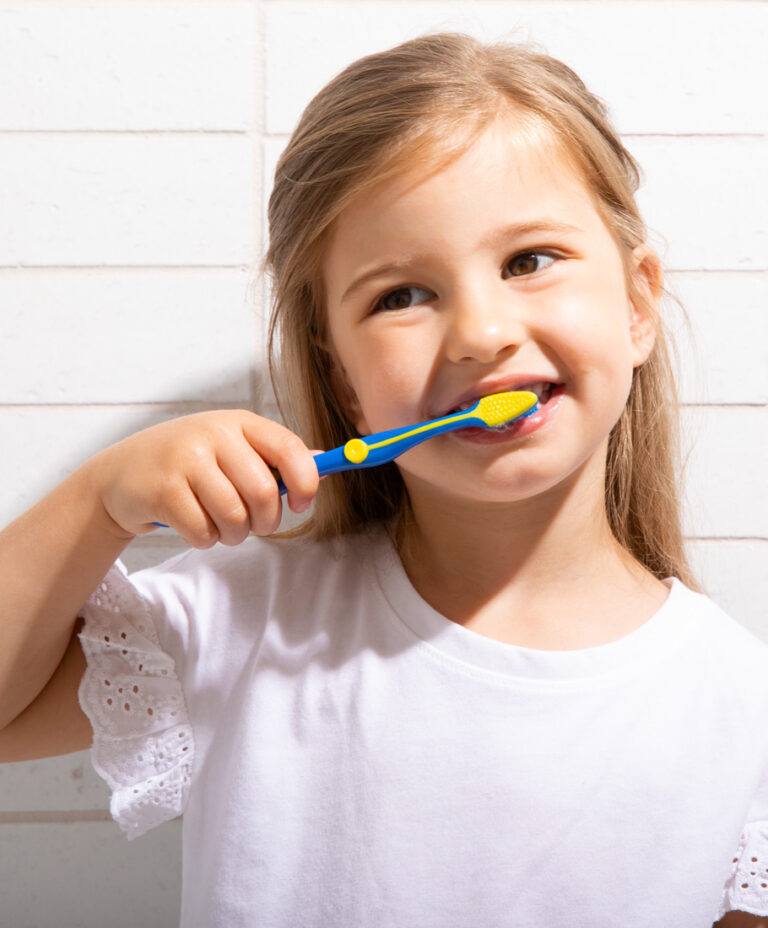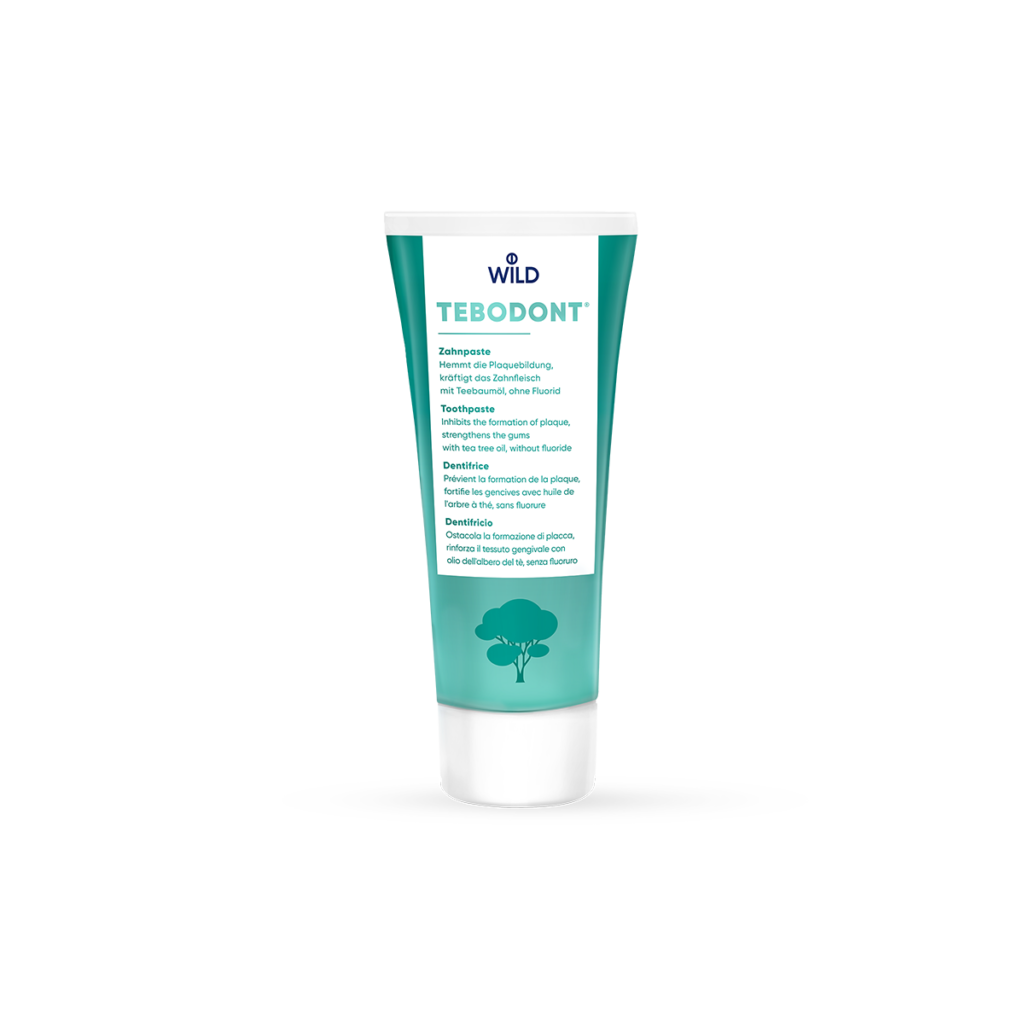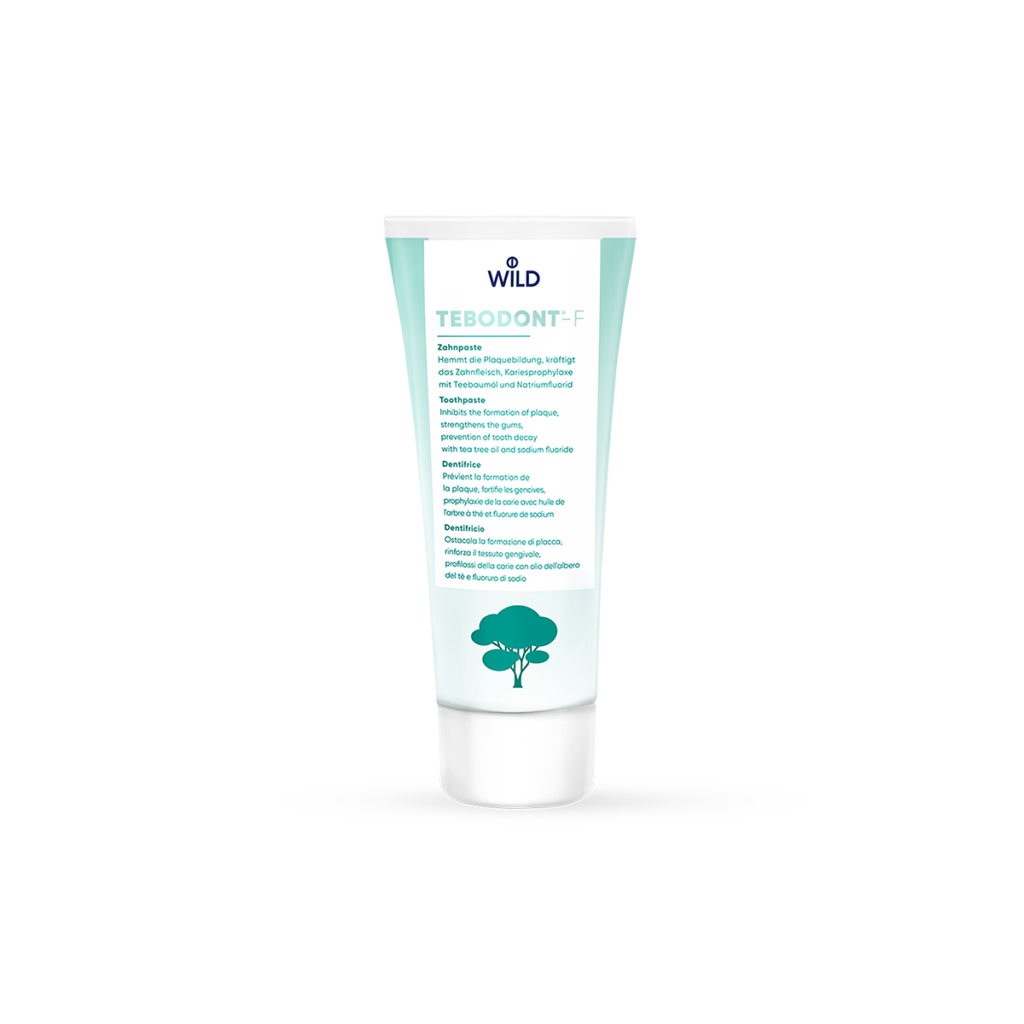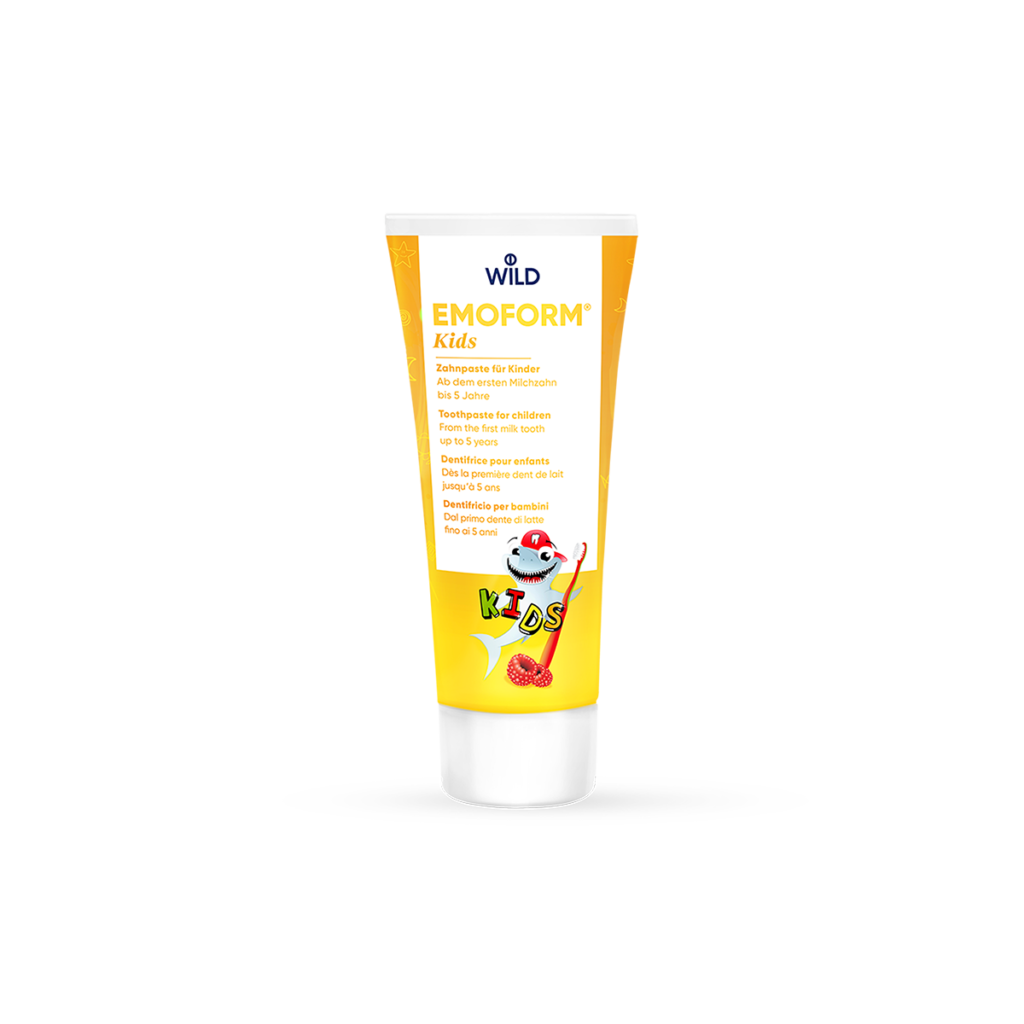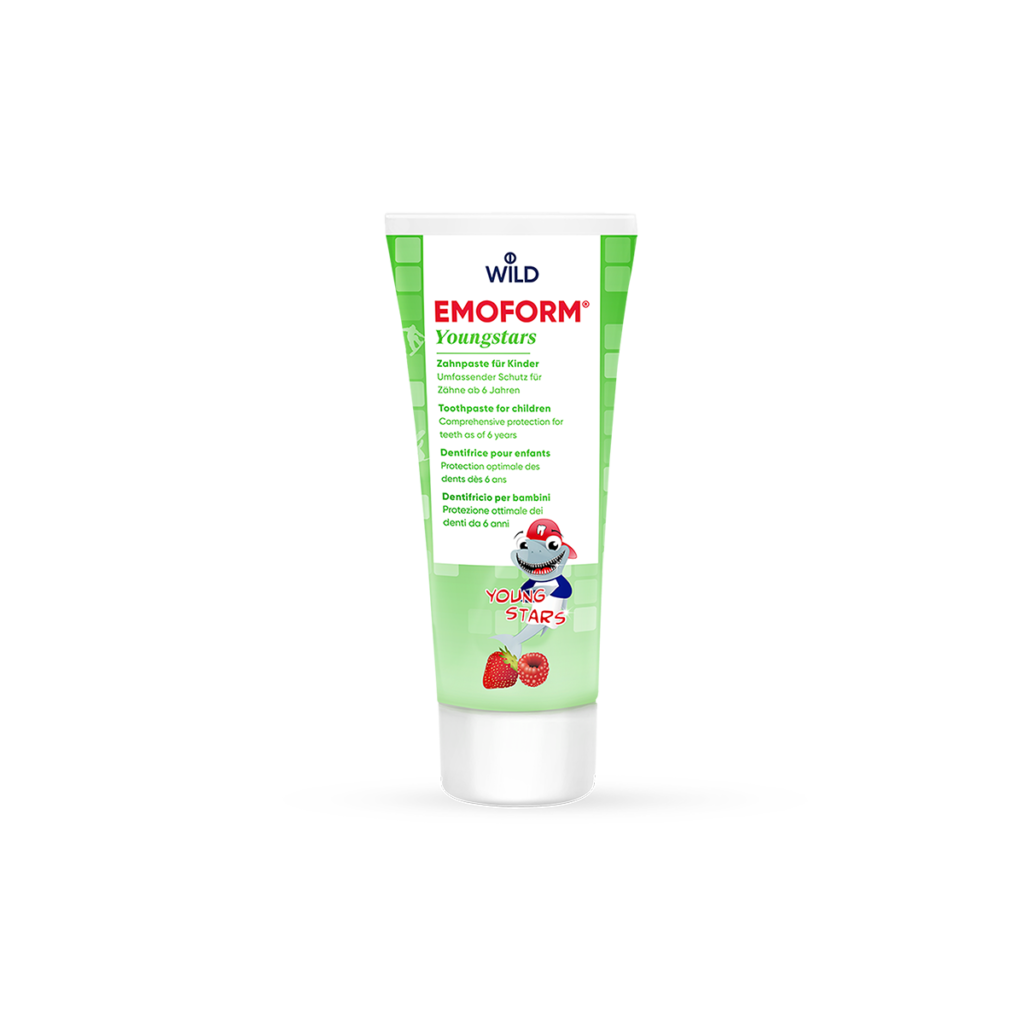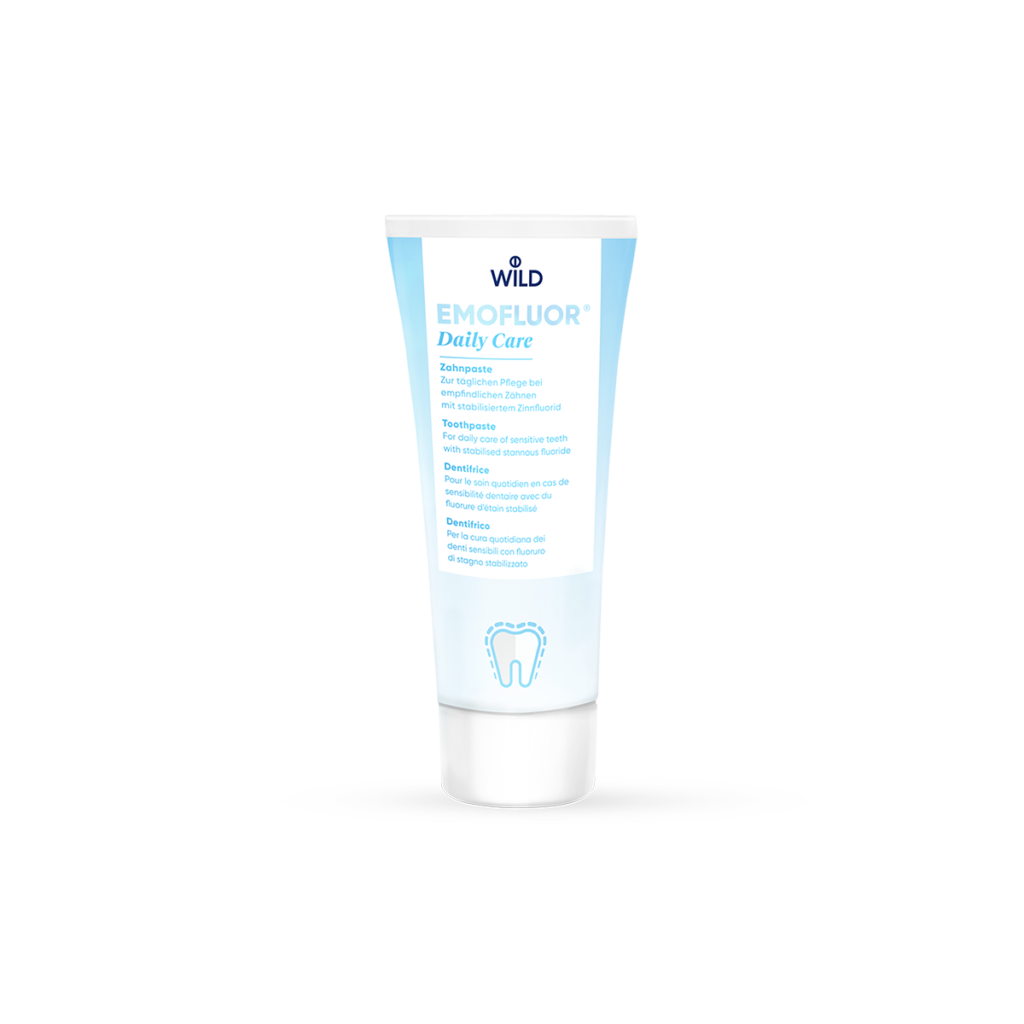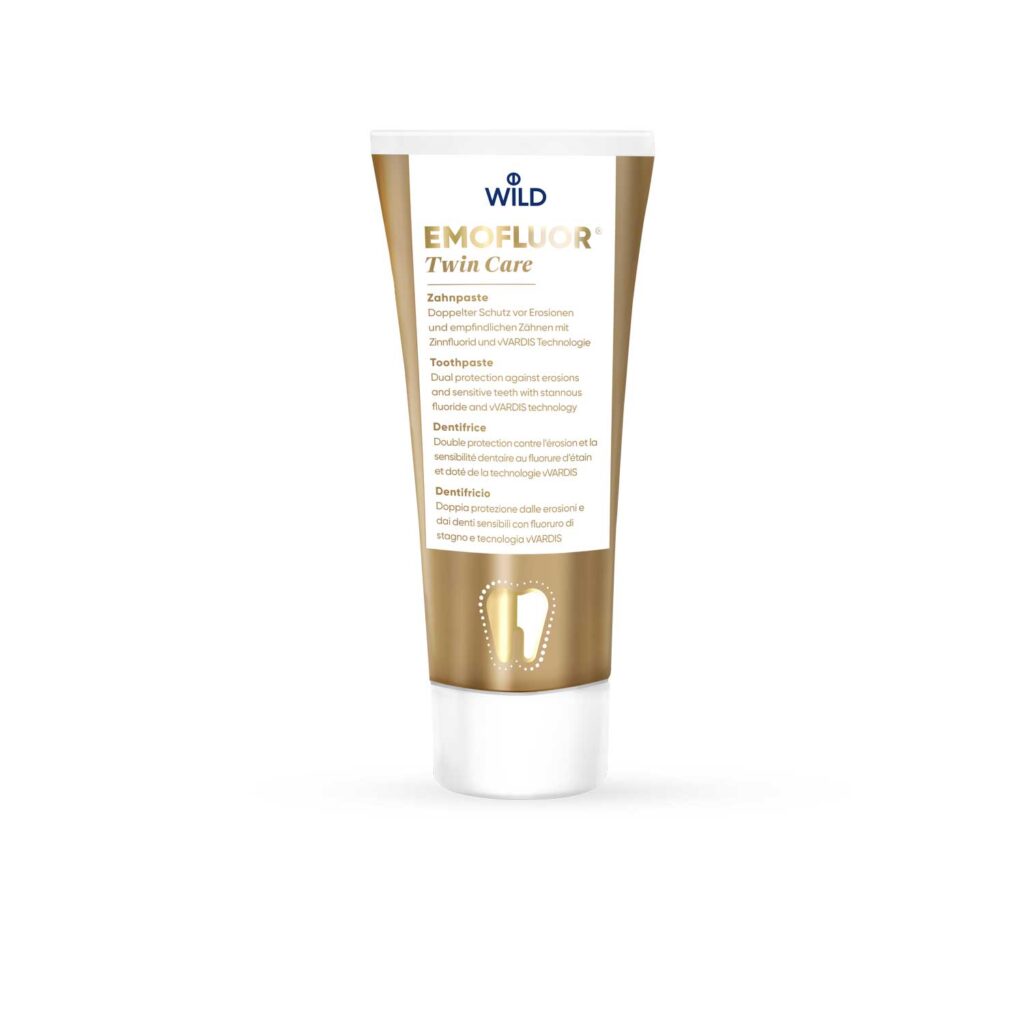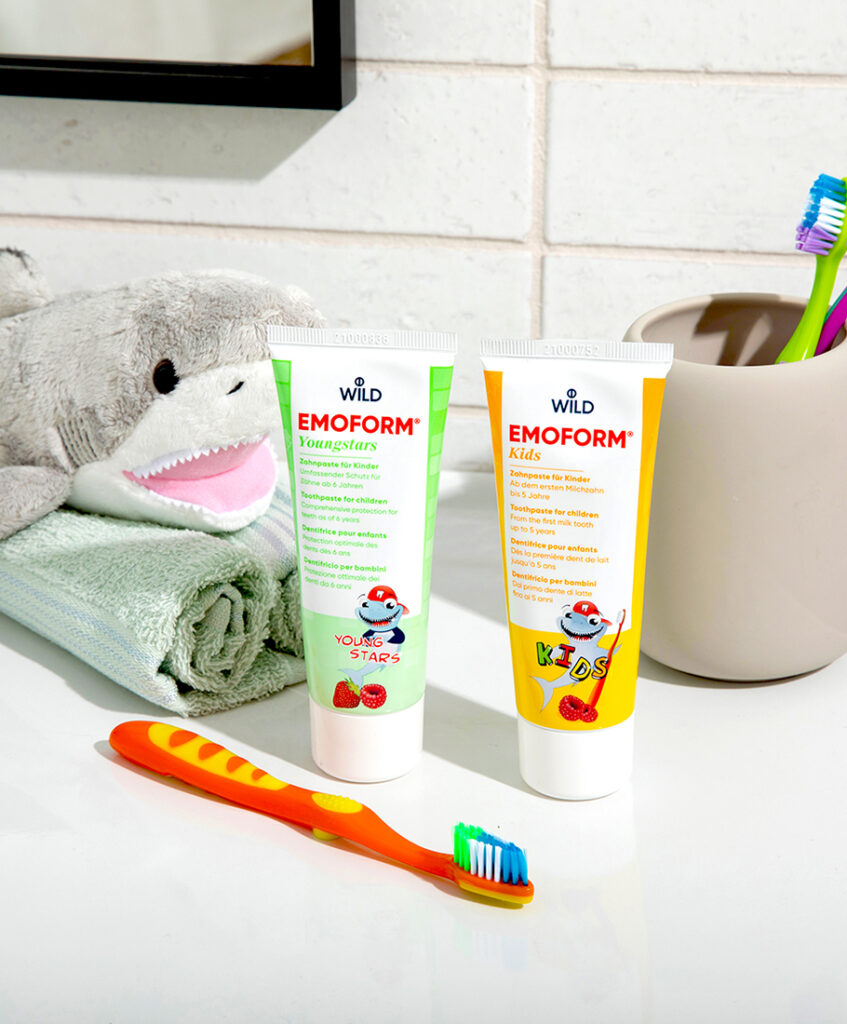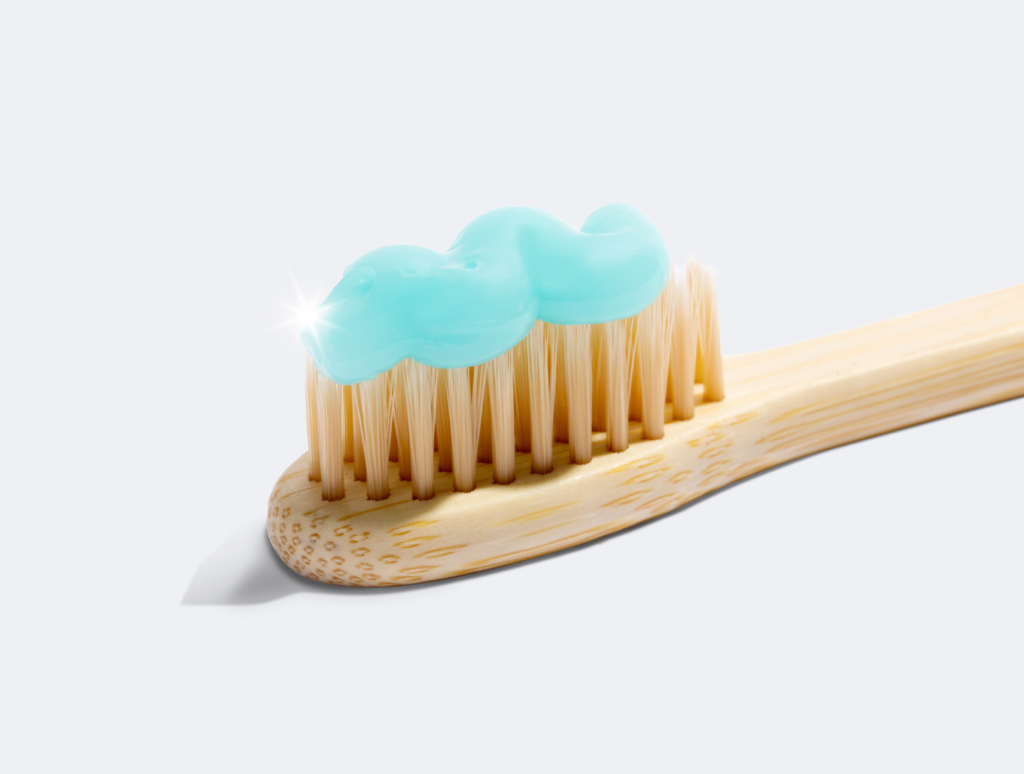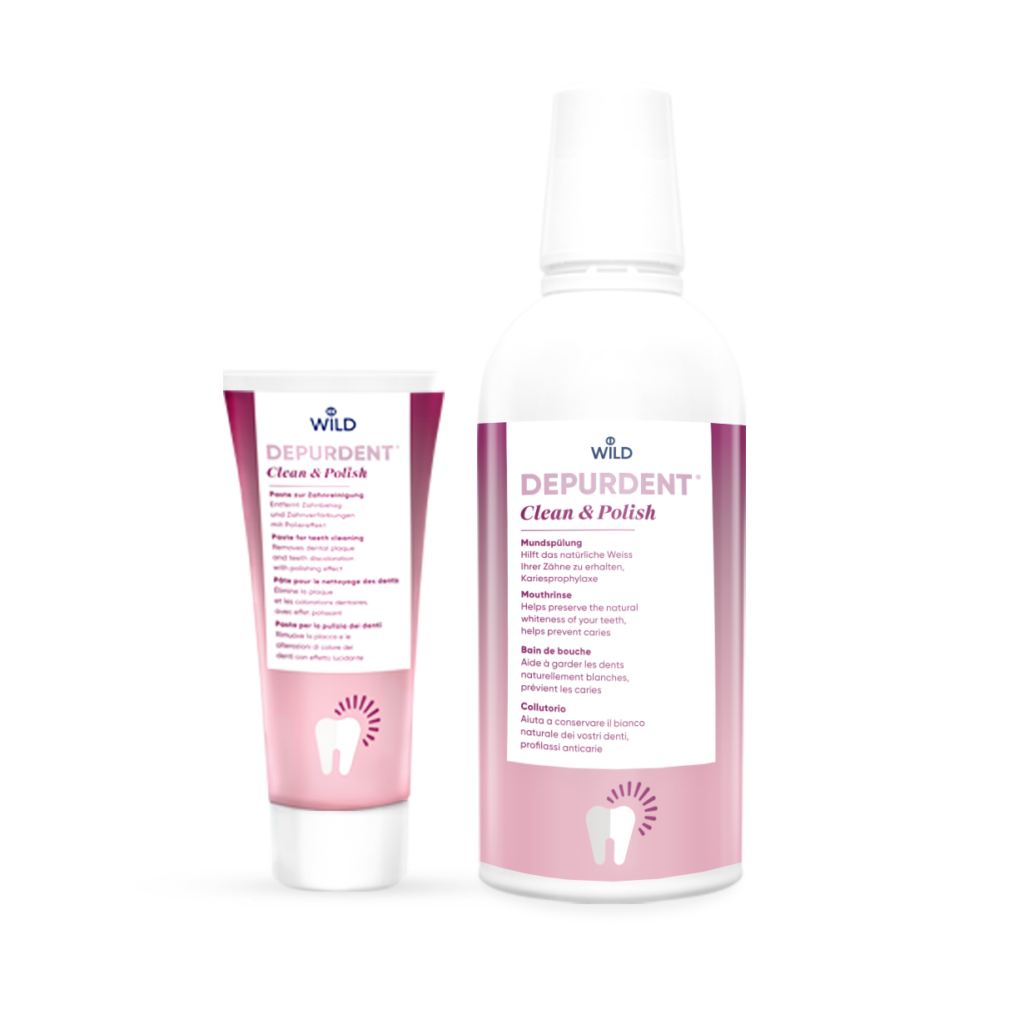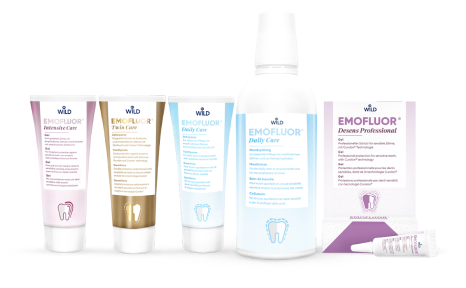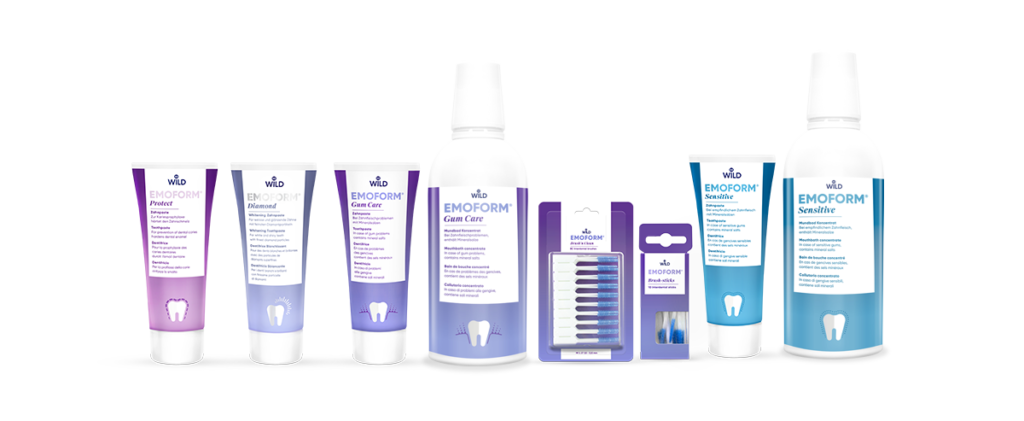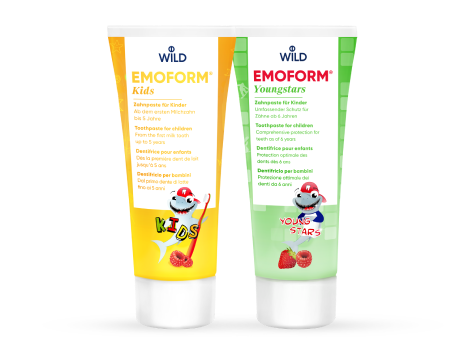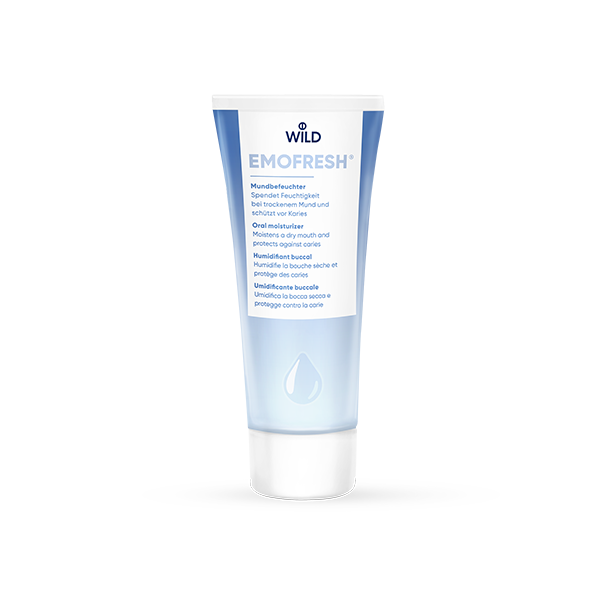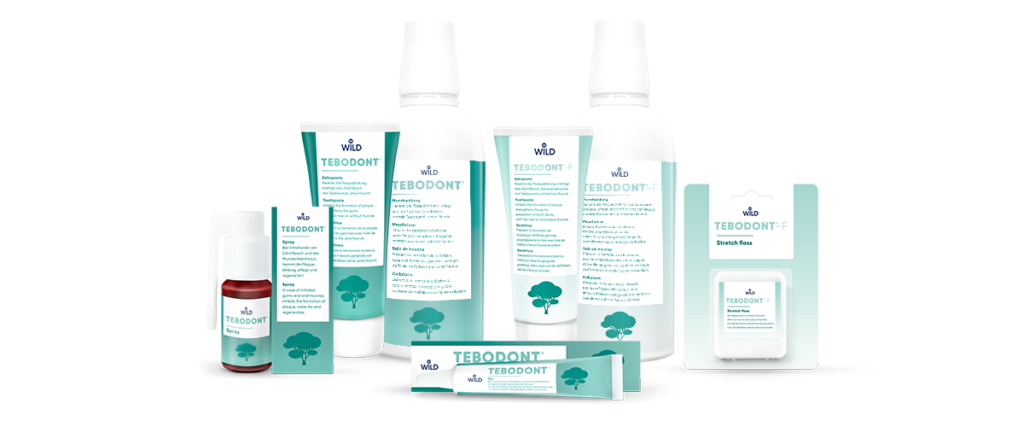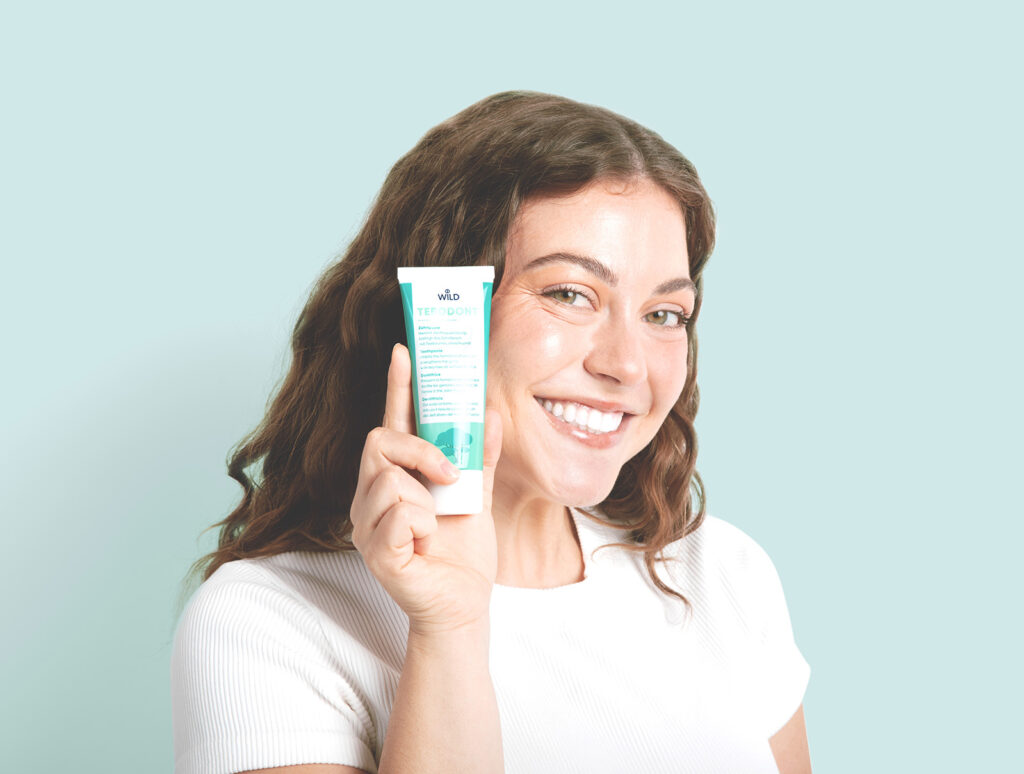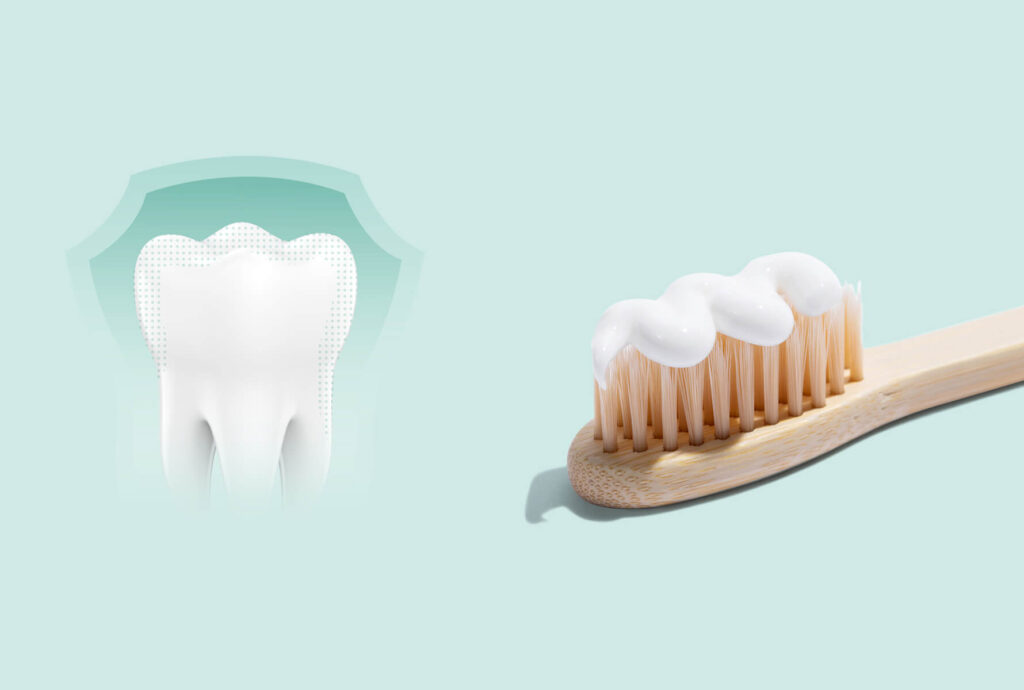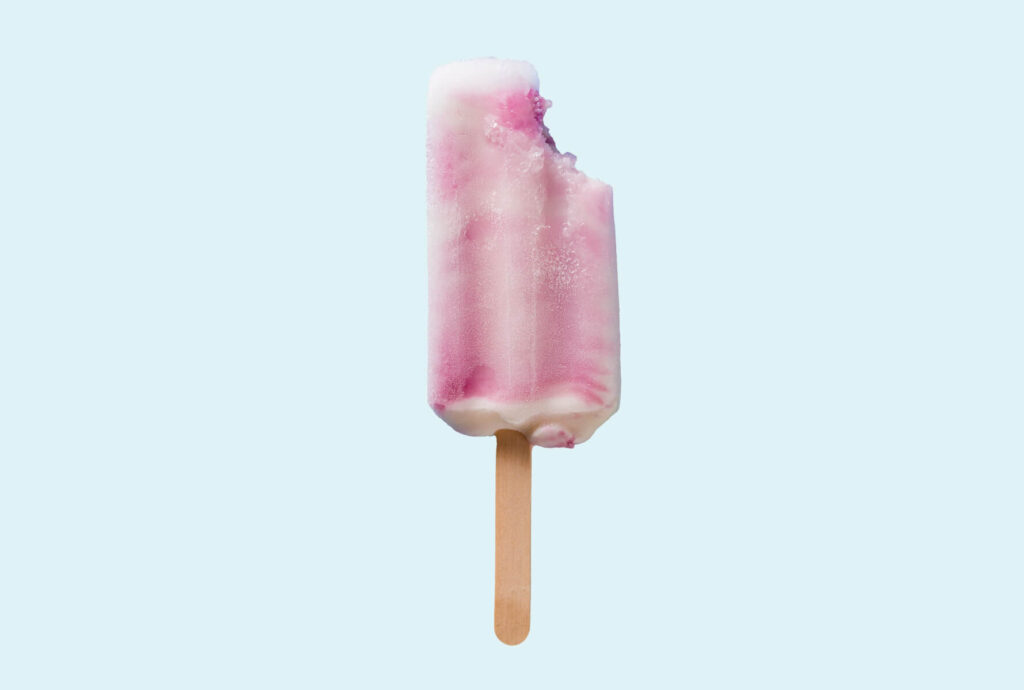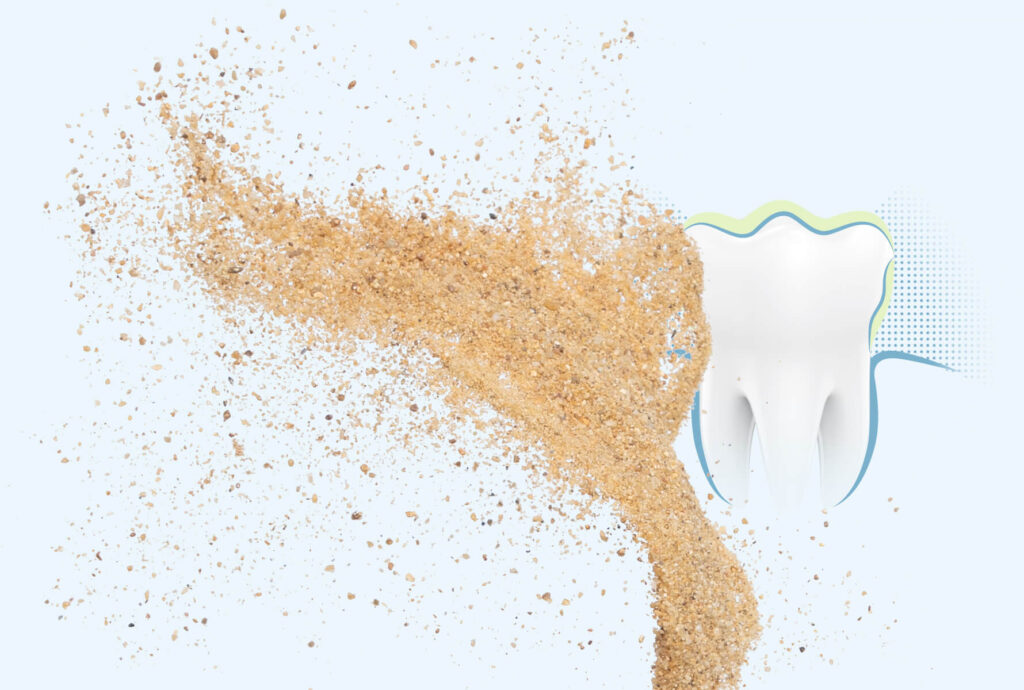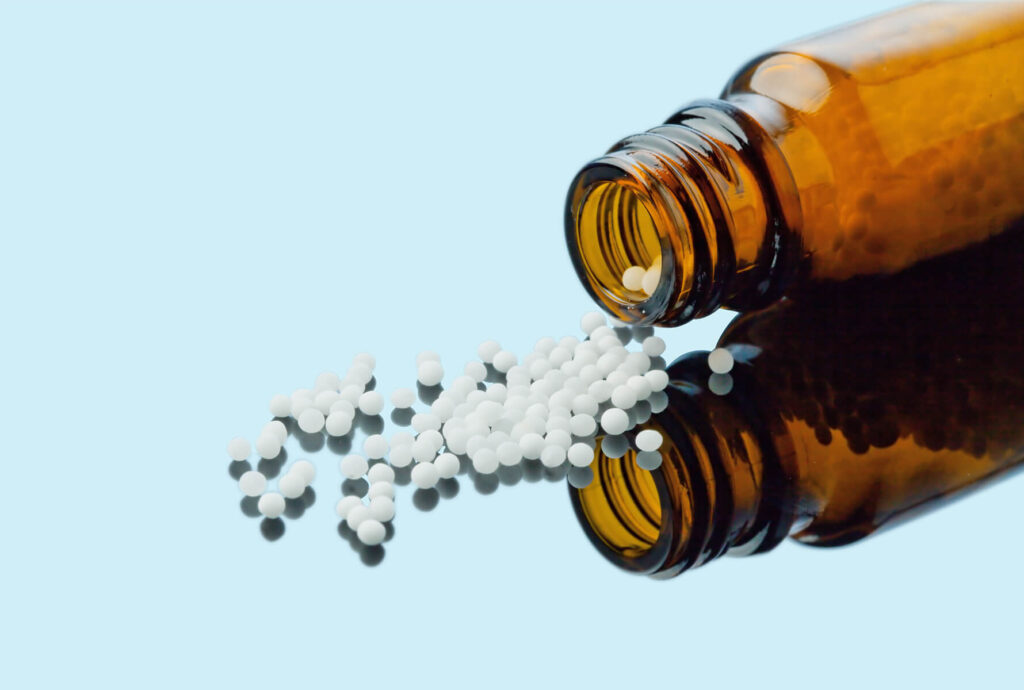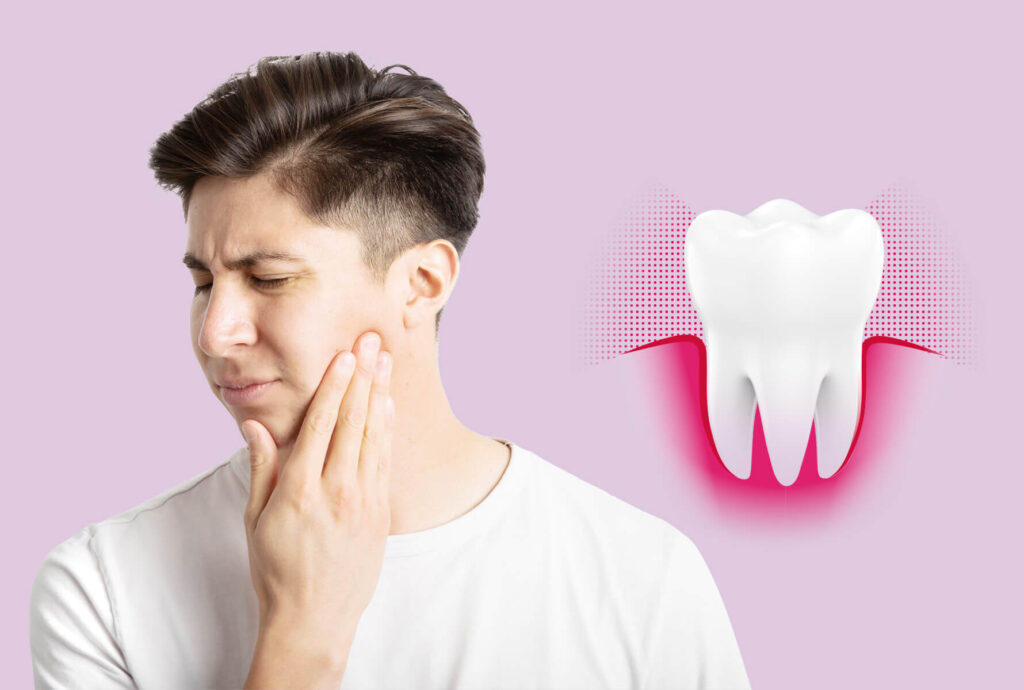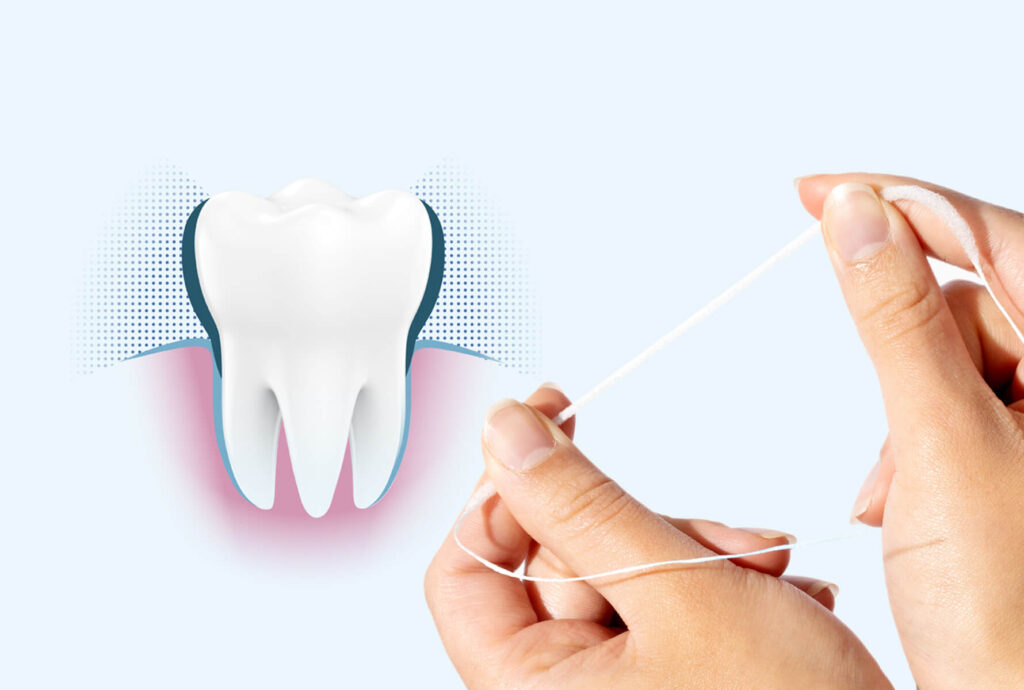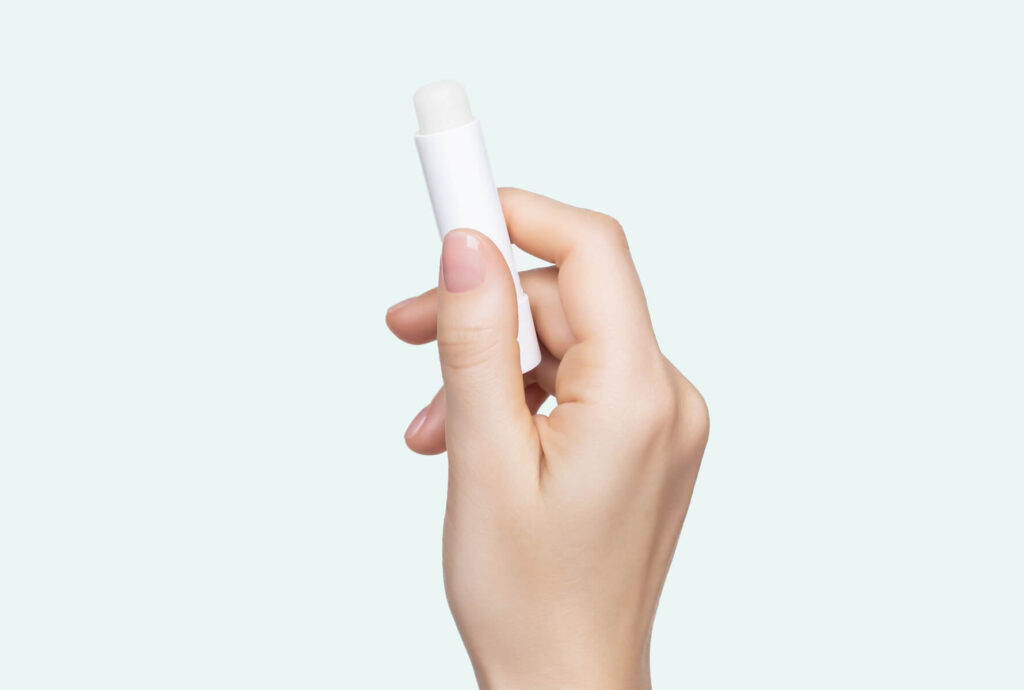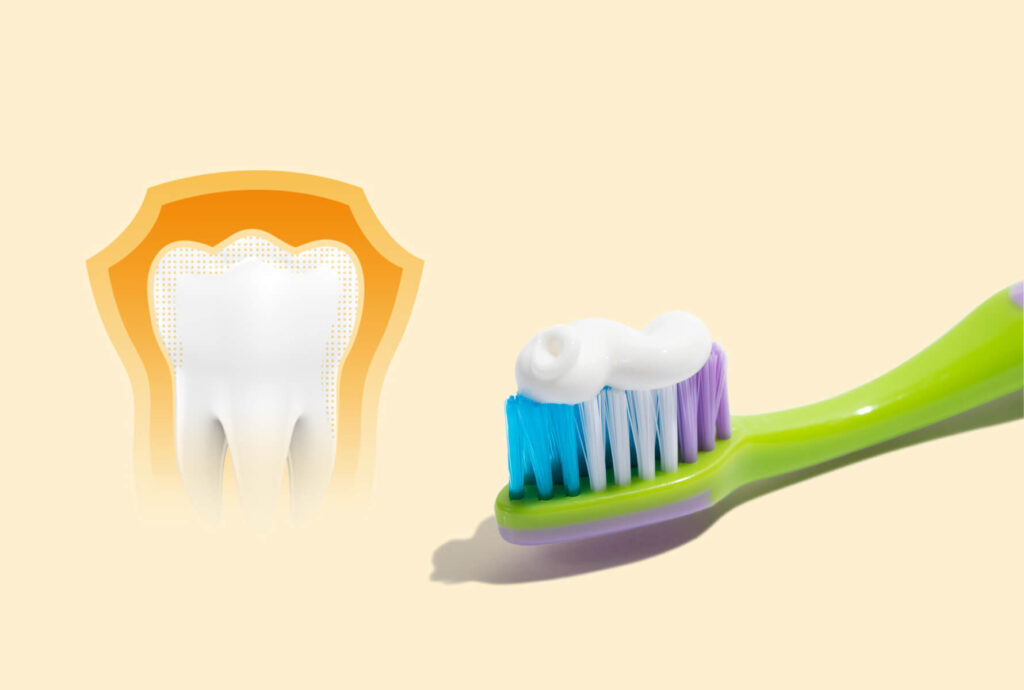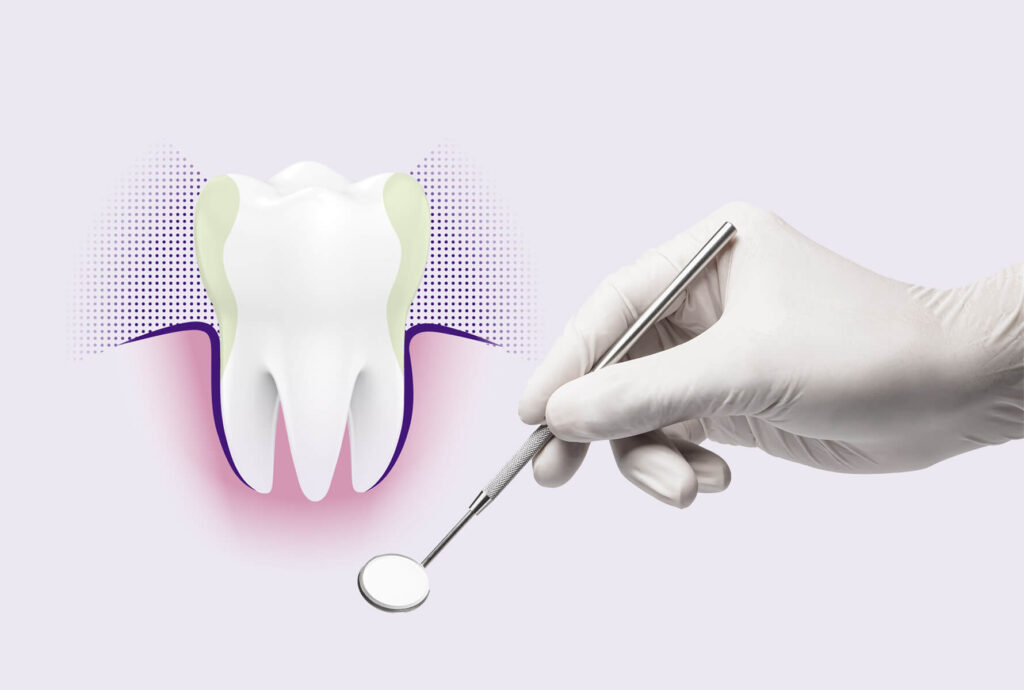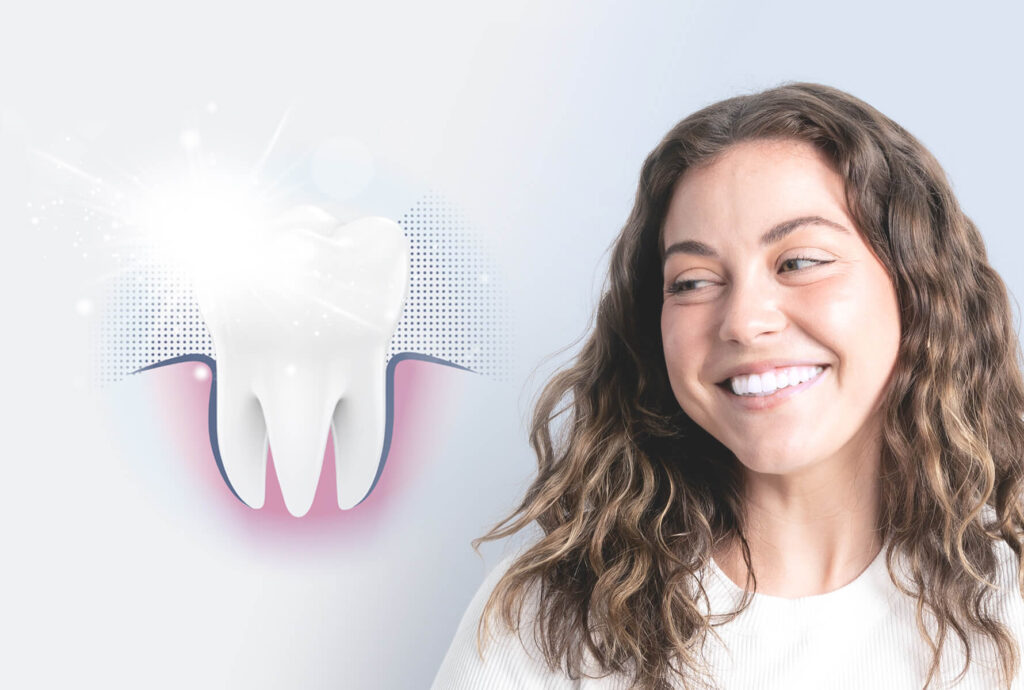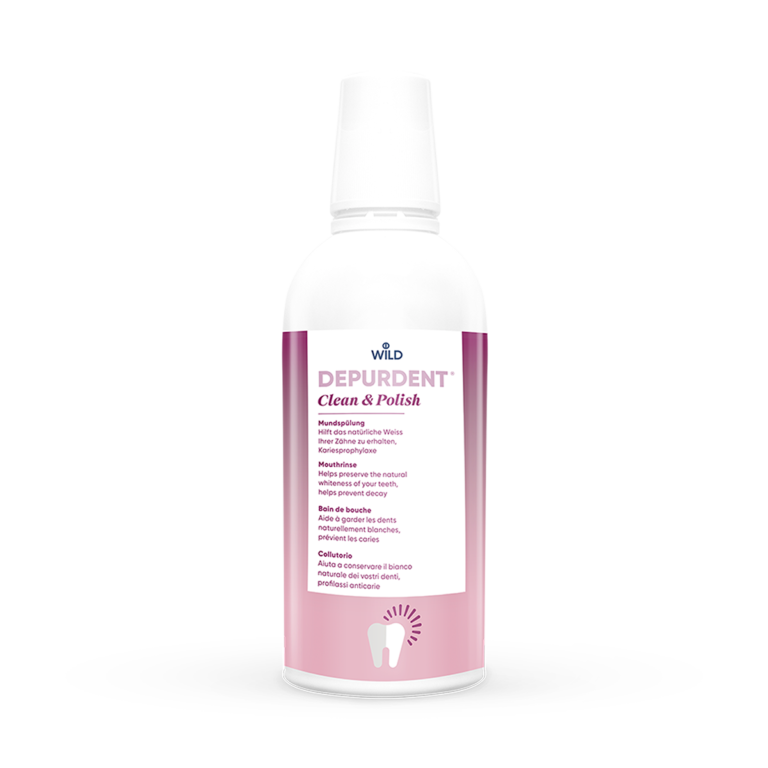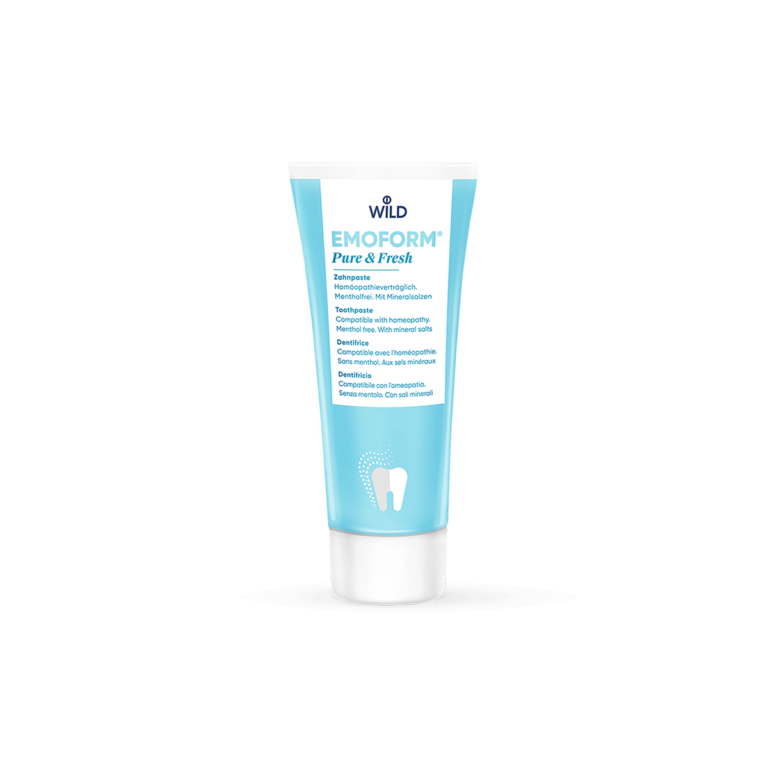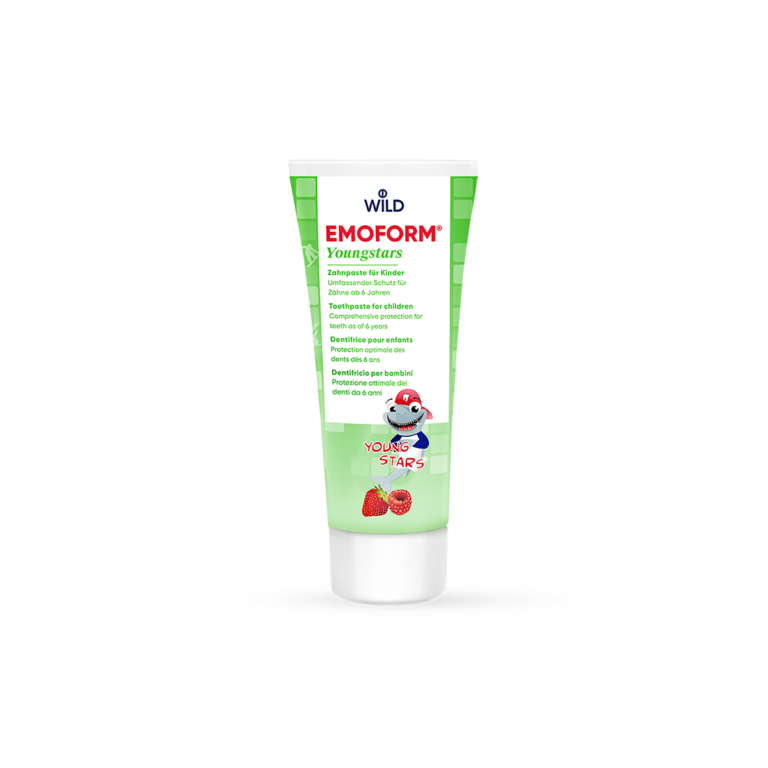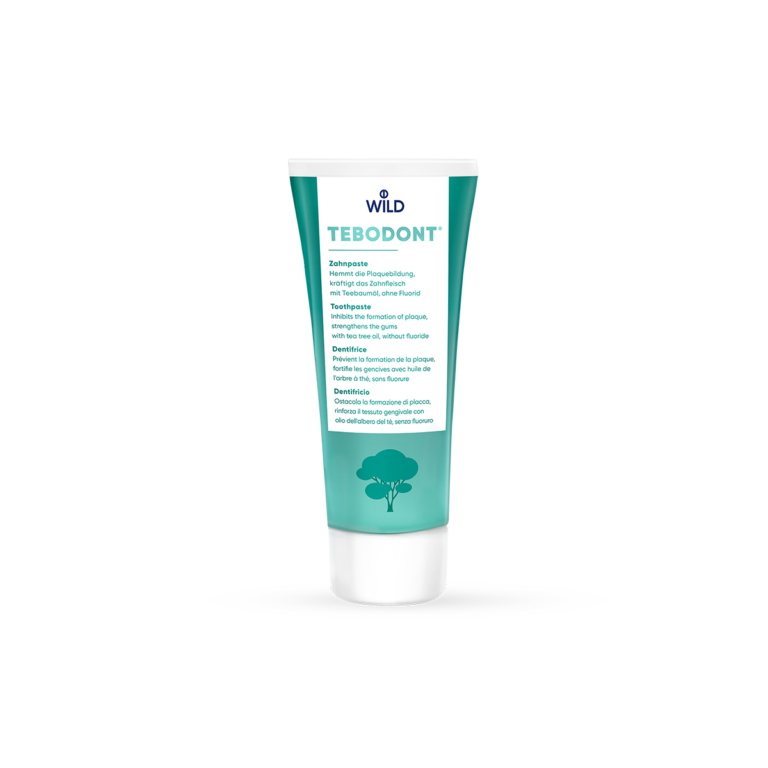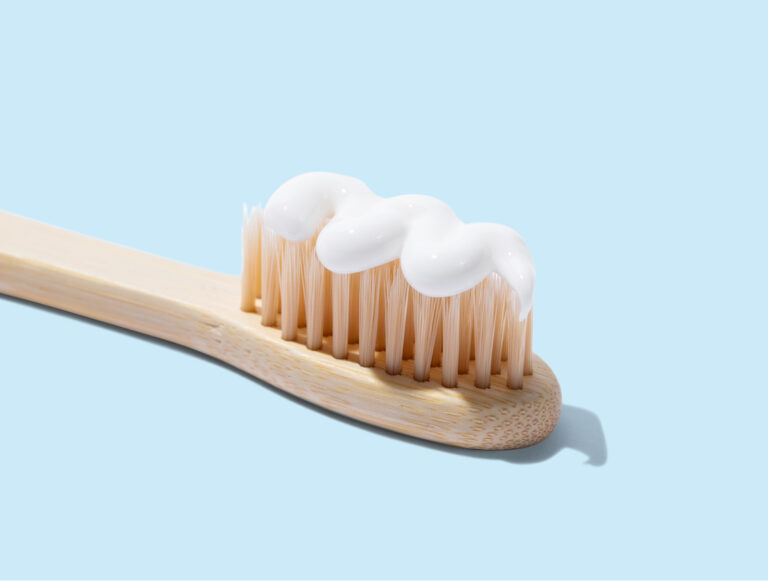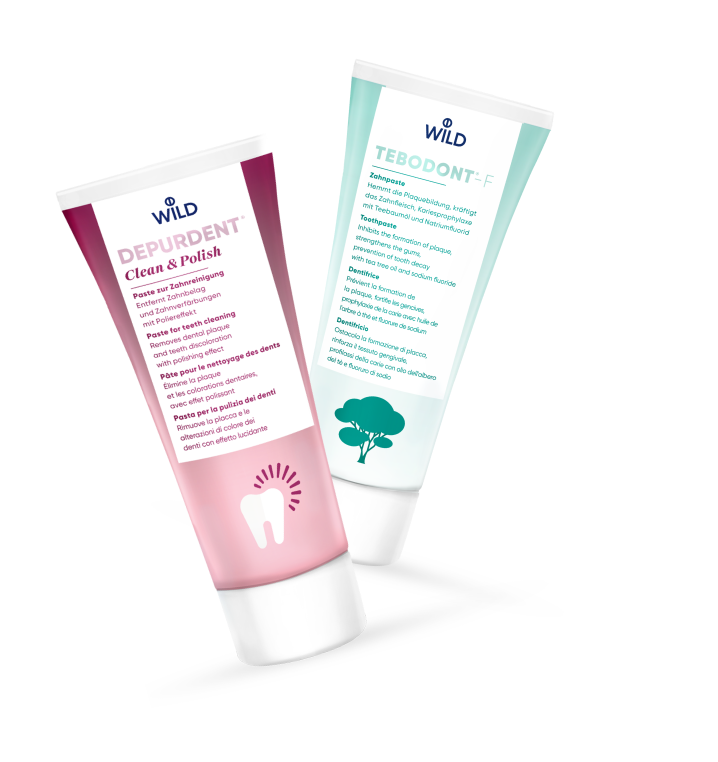Children’s toothpaste with or without fluoride? You should pay attention to this
The health of our children is important to all of us, and that includes the health of their teeth.
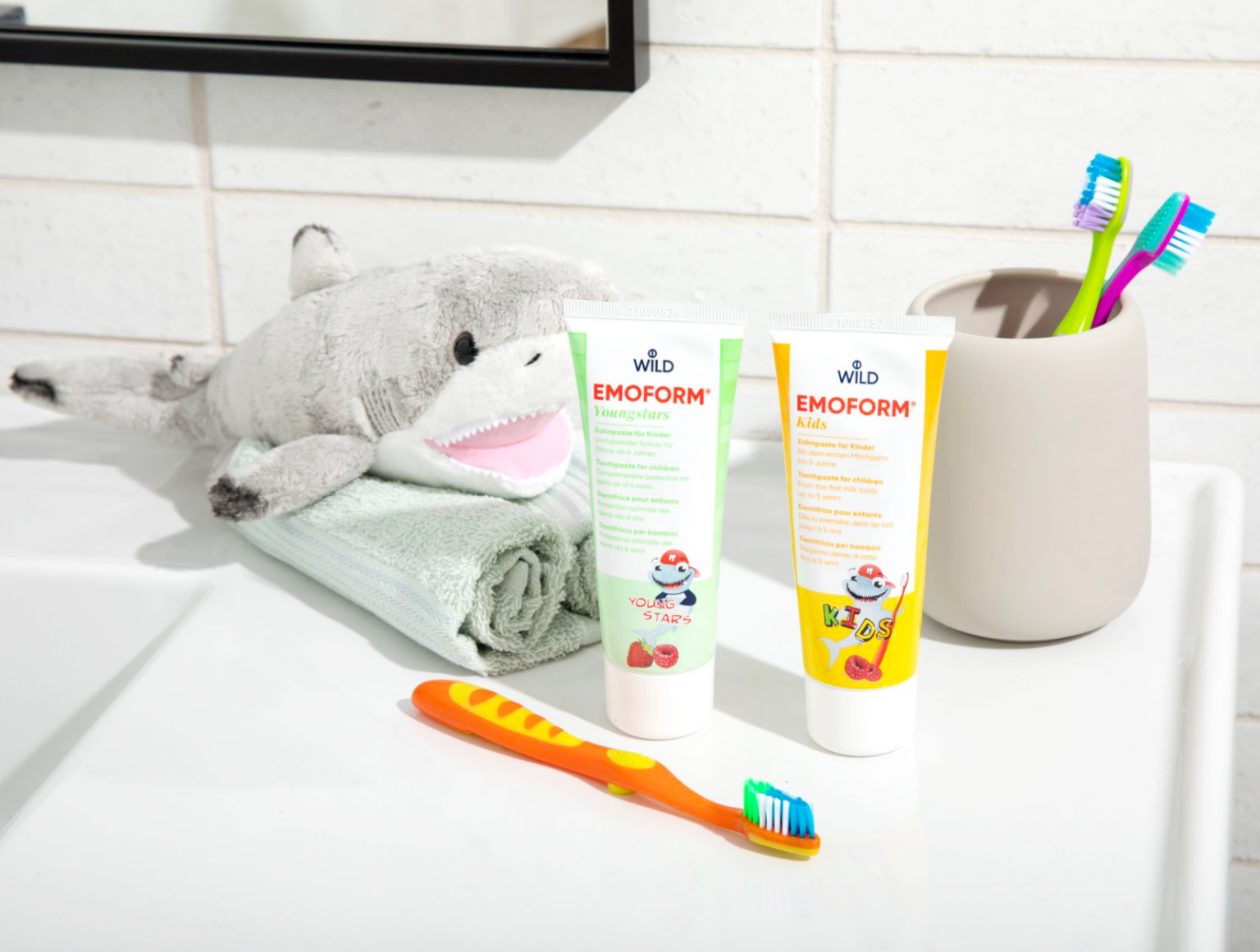
The health of our children is important to us all, and that includes the health of their milk teeth. Milk teeth serve as placeholders for the permanent teeth that grow in later. If they have to be extracted due to decay, they can no longer perform their function. In such cases, the permanent tooth that grows next has too little space for healthy growth, as the surrounding teeth push into the resulting gap.
Children’s toothpaste: Specially developed for children
First of all, it is important to know that children’s toothpaste has been specially developed for the needs of children. It contains less fluoride than normal toothpaste for adults and often has a milder taste. In addition, children’s toothpastes are usually more colorful and appealing to motivate children to brush their teeth.
The age of a child also determines which toothpaste is suitable for them. Toothpastes for primary dentition differ from toothpastes for mixed dentition in terms of their properties and ingredients.
With or without fluoride:Which is better for children’s toothpaste?
Fluoride is important for dental health as it makes teeth more resistant to tooth decay. However, too high a dose of fluoride can lead to fluorosis in small children, a discoloration and damage to the tooth enamel. For this reason, babies and small children should always use a special toothpaste with a low fluoride content. At this age, there is also a risk of children swallowing the toothpaste, which can lead to poisoning if too much fluoride is used.
From the first milk tooth to the age of 6, you can then switch to a children’s toothpaste with a little more fluoride to protect the enamel of the new teeth. During this time, a fluoride content of 500 ppm is recommended. For older children up to the age of 12, a higher fluoride content of 1,000 ppm can be used. For adults, the recommended fluoride content in toothpastes is 1,500 ppm.
Children’s toothpaste flavor
The taste of toothpaste can influence whether children like to brush their teeth or avoid it. Choosing a children’s toothpaste with a pleasant taste is therefore an important criterion that should not be neglected.
Care should be taken here to ensure that the toothpaste is not too hot or too sweet. Toothpaste that is too spicy, for example, can irritate the sensitive mucous membranes in the mouth, while toothpaste that is too sweet can increase the risk of tooth decay. A pleasant flavor for children’s toothpaste is, for example, a fruity one such as raspberry.
Children’s toothpaste: cleaning and consistency
Not only the cleaning effect of children’s toothpaste, but also the cleaning technique plays an important role. A good children’s toothpaste should not only have a pleasant taste, but also effectively remove plaque and clean the teeth thoroughly. Children can first learn how to use the toothbrush in a playful way and try to brush their teeth themselves with encouraging words. Adults should then help them again to brush their teeth thoroughly.
The consistency should also be taken into account when choosing a children’s toothpaste. It should not be too runny, otherwise it will quickly run off the toothbrush head. On the other hand, it should also not be too firm so that it can be spread easily on the toothbrush. A good consistency for children’s toothpaste is creamy, but not too thick.
Children’s toothpaste: Our recommendation
In summary, there are various factors to consider when choosing the right toothpaste for children. These include the age of the child, the taste and consistency of the toothpaste, the fluoride content and the cleaning effect. For these reasons, we have developed two children’s toothpastes tailored to the respective needs: the EMOFORM Kids toothpaste for children from the first milk tooth up to the age of 6 and EMOFORM Youngstars for children from 6 to 12 years (typically the mixed dentition phase).
In addition to choosing the right children’s toothpaste, it is also important that children brush their teeth regularly and thoroughly. Ideally, they should do this twice a day for at least two minutes. Parents can support their children by brushing together with them or using playful methods such as songs or toothbrush timers. Good dental care for children is an important investment in their health and well-being. Cleaning their teeth regularly and choosing the right children’s toothpaste can help prevent tooth decay and other dental problems and maintain dental health in the long term.
Matching products
More articles on this topic
